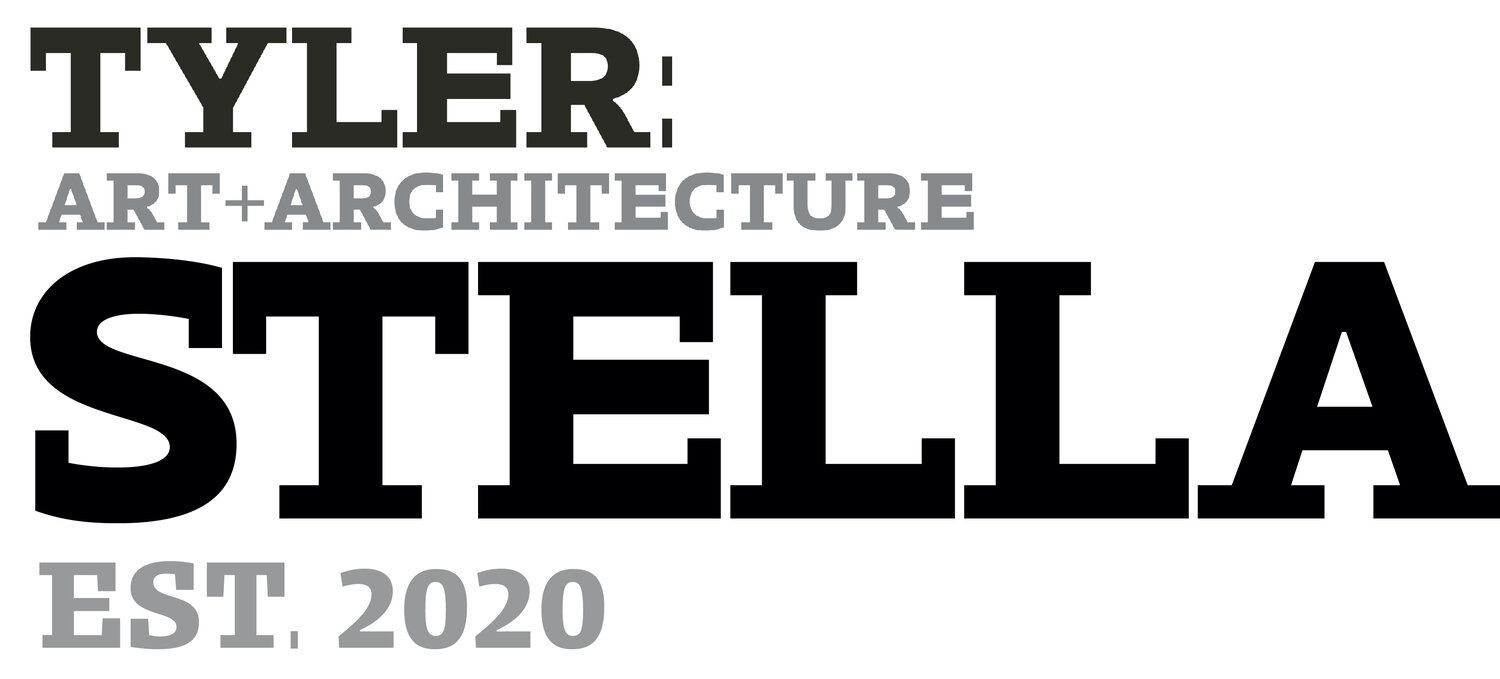القرآن
Qur’an
Dirish Muhammad ibn Musa, scribe
1730 CE (Muharram 1143 AH), Ottoman Empire (likely present-day Republic of Türkiye)
Leather-bound illumination on paper
This illuminated Qur’an, transcribed in clear Naskh script, embodies artistic and spiritual devotion. Understood by Muslims to be the word of God as revealed to the Prophet Mohammed, this eighteenth-century book derives from a long tradition of elevating the written word in Islam. Its leather binding establishes a recurring floral motif, while an opulent geometric frontispiece introduces precisely ruled frames in which the lines of Quranic verse are punctuated by circles of gold, called ayah separators. Generous margins enhance the architectural elegance of the page, its formality occasionally broken by floral medallions serving as separators between surahs (or chapters). This manuscript’s pristine condition suggests reverence rather than intensive daily use, and evokes the original owner, perhaps an elite or prosperous merchant, poring over its pages with awe. This Qur'an, elevated by artistry, links us both to spiritual power, as well as to the Ottoman Empire’s intricate tapestry of economy, society, and religion.
Daniel Cappello

